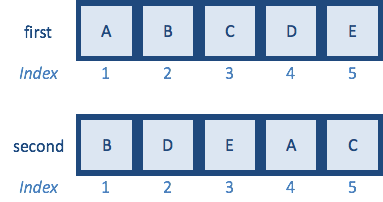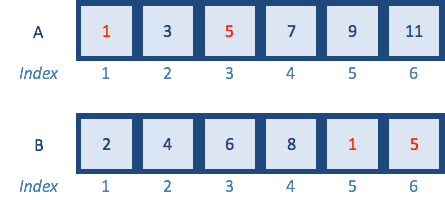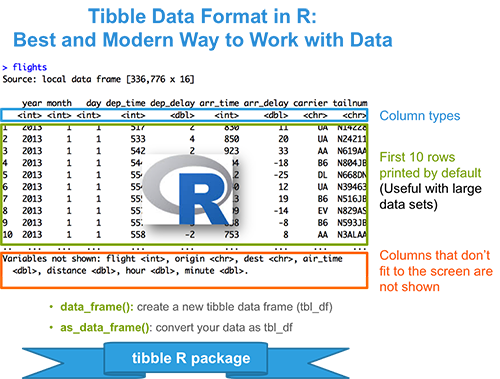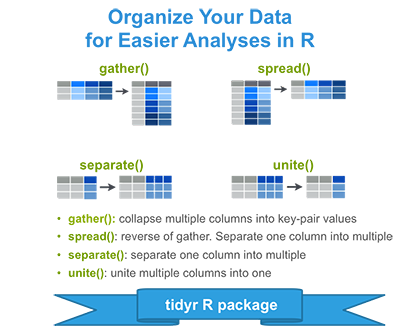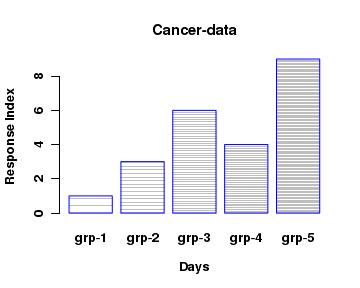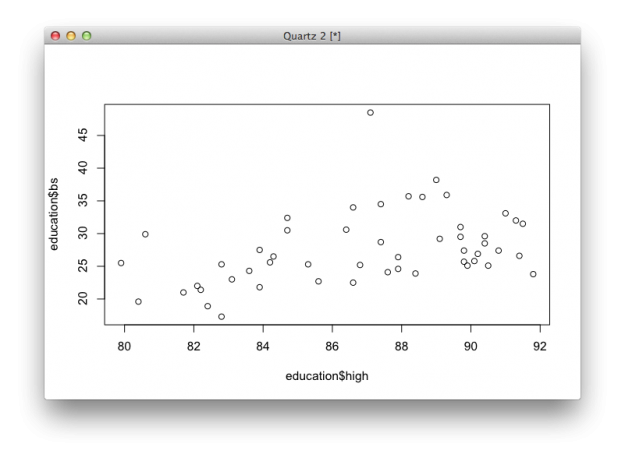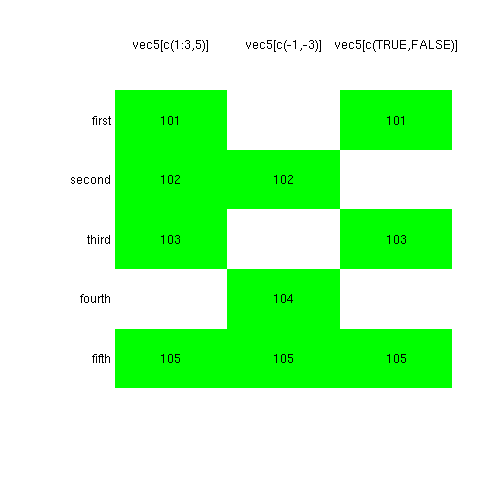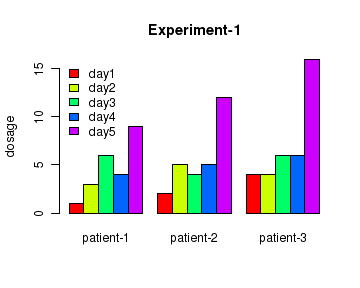R Compare Vector Data Frame

The function compare gives you a lot of flexibility in terms of what kind of comparisons are allowed e g.
R compare vector data frame. It has four rows and three columns. Baskets of granny c 12 4 4 6 9 3 baskets of geraldine c 5 3 2 2 12 9. 1 t implicitly converts a data frame to a matrix 2 a matrix is just a special vector with dim attribute and as vector or c removes it teucer aug 31 16 at 2 25. Knowing the differences between them will help you use r more efficiently.
In this article we will use inbuilt function compare to compare two dataframes. Vector of occurences to be used for species maximum abundance calculations see details. It summarise the species profile number of occurences etc. R data frames a data frame is a table or a two dimensional array like structure in which each column contains values of one variable and each row contains one set of values f.
Two data frames or matrices usually of biological species abundance data to compare. However the column names printed on the first line seem to include the column values separated by dots which is a very strange naming scheme. Verystrongjoe there are two things going on here. From this you should be able to figure out what was missing from one or the other.
Changing order of elements of each vector changing order and names of variables shortening variables changing case of strings. The resulting data frame stores the values of each vector in a different column. As you can see based on the output of the rstudio console we stored the values of the column x1 in the vector object vec. You can compare a whole vector with a value.
Let s assume that you have two vectors containing the number of baskets that granny and her friend geraldine scored in the six games of this basketball season. The syntax of compare function is compare model comparison. To compare two r dataframes there are many possible ways like using compare function of compare package or sqldf function of sqldf package. However there are several other alternatives example 2.
Vector of abundances to be used for species occurrence calculations see details. This is probably the easiest solution in case you want to convert a data frame column to a vector in r.

